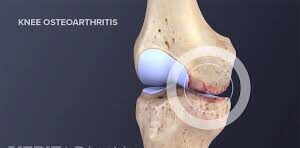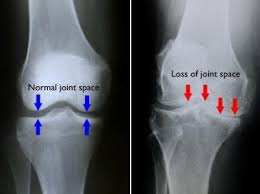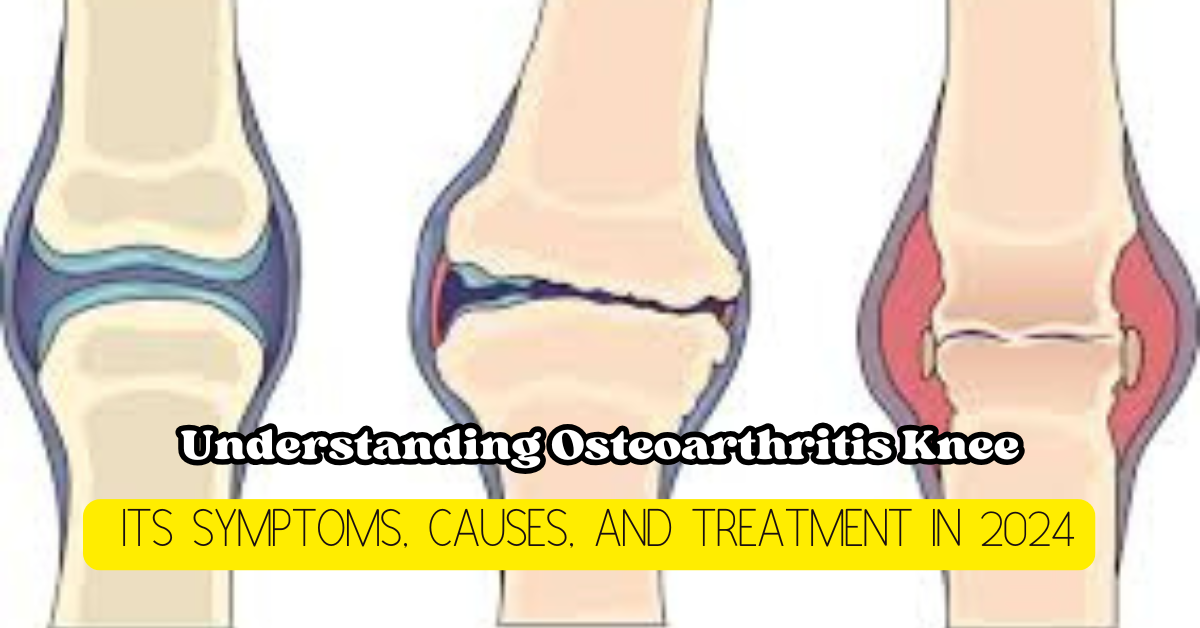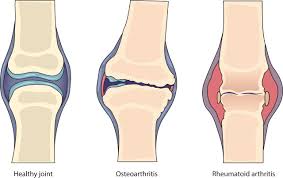Osteoarthritis knee is considered one of the most prevalent types of arthritis and may strike millions of people around the world. It is a degenerative joint disease that deteriorates the cartilage firm, slippery tissue that lets bones slide past each other within the joints. Once that cartilage deteriorates, bones start grinding against each other, producing all sorts of pain, inflammation, and reduced mobility. This far-reaching guide will thus take you through the symptoms, causes, risk factors, and treatment for osteoarthritis so that the condition can be understood better.
What is Osteoarthritis?
Osteoarthritis, or degenerative joint disease, or wear-and-tear arthritis, mainly affects the hands, knees, hips, and spine; although technically any joint can be involved. Unlike other arthritis, which arises from systemic inflammation or even from autoimmune disorders, osteoarthritis is directly a result of the mere wear and tear of joints with time. This makes it very prevalent among elderly folks but can be developed by anyone at whatever age if they have had previous injuries of the affected joint or if they have a condition of obesity.
Symptoms of Osteoarthritis Knee
Generally, the onset of symptoms of osteoarthritis is insidious and progressive. Some of the common presentations or signs are as follows: 
- Joint pain: It can be throbbing or sore even at rest or on movement, and joint pain.
- Stiffness: In most persons, stiffness is greatest when waking or after periods of inactivity.
- Swelling: Swelling around the affected joint due to inflammation sometimes is reportedly present in patients.
- Loss of mobility: The joint loses its complete range of movement, and activities become a chore.
- Grating sensation: There is a grinding or popping when the joint is used.
- Bone spurs: Additional segments of bone form around the joint in an attempt to add to the pain and stiffness.
What Causes Osteoarthritis Knee?
Osteoarthritis begins with the wearing off of the cartilage which cushions the end of the bones within your joints. Eventually, this ends up wearing off the whole cartilage, thus allowing it to wear bone on bone wherein it triggers pain and anguish. Many factors result in the development of osteoarthritis:
1. Age: Precise risk of osteoarthritis includes the factor of time. Since age advances, the ability to repair the cartilage is low; thus, it makes a joint very susceptible to damage and degeneration.
2. Injury to a Joint: Several studies pointed out that individuals who have had previous joint injuries, especially those related to sports or accidents, were also the elderly with a probability of developing osteoarthritis. Some of the reported injuries that were claimed to be associated with osteoarthritis took place even decades before the onset of the disease.
3. Overuse: Work or exercises can be repetitive stress on a specific joint resulting in osteoarthritis. For instance, athletes or people whose work entails extreme physical exercise with repetition are susceptible to osteoarthritis.
4. Obesity: Being fat imposes extra pressure on weight-bearing joints such as hips and knees. Such pressure hastens the process of breaking down the cartilage in the particular joint.
5. Genetics: Some studies have even established a family predisposition, regarding patients who suffer from osteoarthritis. If you or your parents or any of your siblings are suffering from osteoarthritis, you have a higher chance of suffering from it also.
6. Bone Deformities: Some people are born with defective cartilage or malformed joints, and this increases their chance of getting osteoarthritis.
Diagnosis of Osteoarthritis Knee
Osteoarthritis Knee is commonly diagnosed by history and physical examination, besides image-related tests. The physician will ask the patient to describe his symptoms and conduct a physical examination of the patient’s joints to note signs such as tenderness and swelling or decreased motion, and the physician may order X-rays or an MRI to quantify the degeneration of the joint.
Treatment of Osteoarthritis
Osteoarthritis cannot be treated; however, there are many ways in its treatment for the proper management of symptoms and enhancement of functioning. The course of treatment depends on the severity of one’s condition.
Medications

- Pain relievers: These include over-the-counter medications in the management of pain, including acetaminophen which minimizes the amount of pain without affecting the level of inflammation. Other medications like ibuprofen further reduce pain and inflammation.
Topical creams: Certain creams and ointments are formulated with capsaicin or menthol whose ingredients can be applied to the painful arthritic joint to give temporary relief
Corticosteroids: In some instances, injections of corticosteroids directly into the joint may decrease the inflammation and give some temporary comfort from the pain - Physical Therapy: It can come up with a course of exercise that makes the muscles around the joint stronger, enhance mobility and elasticity, and lessen stiffness in joints. Some of the exercises that will best be able to maintain the functioning of the joints without further damage are low-impact exercises very often, such as swimming or cycling.
- Lifestyle Changes: (a) Loss of weight: If one is overweight, losing a few pounds lightens the load on the joint and increases mobility.
(b) Exercise: Keeps joints healthy. Low-impact exercises include walking, cycling, and swimming. Those usually relieve symptoms of the condition.
(c) Assistive devices: At some point in time or place, bracing with a brace, cane, or shoe inserts will relieve the pressure on that joint and let you get by with a little bit more ease doing everyday things. - Surgical Options: If these conservative treatments can no longer provide an effective response, then surgical intervention may be necessary.
Some surgical options include the following:
Replacement joint surgery: In more serious osteoarthritis, the impaired joint can be replaced with a prosthetic one. It is most commonly used on the knee or the hip.
Fusion of joints: When osteoarthritis strikes in a smaller joint, such as those in the fingers or toes, a fusing boner may be one of the possible treatments to help stabilize and eliminate pain.
Prevention of Osteoarthritis Knee
Osteoarthritis Knee can never be prevented all the time. However, with some lifestyle changes, the risks of acquiring it might be lowered.
- Keep suitable weight: One’s ideal limit of weight will help lessen the pressure on the joints, especially those that bear the weight, such as the knees and the hips.
- Maintain activity: Exercise from time to time as this helps in tightening the muscles around the joint and increases its flexibility.
- Take care of your joints: There are perhaps jobs or hobbies that will cause repetitive motion or heavy lifting; do take care of your joints and avoid overstraining.
- Maintain the right posture: Good posture will reduce the unnecessary stress on your joints mainly the spine and the hips.
Conclusion
Osteoarthritis Knee is one of the chronic diseases among millions of people, but, if treated properly and lifestyle modifications are made, symptoms, quality of life, and pain can be established. Understanding why one develops osteoarthritis knee, symptoms, and options for treatment is another step toward living well with osteoarthritis.




